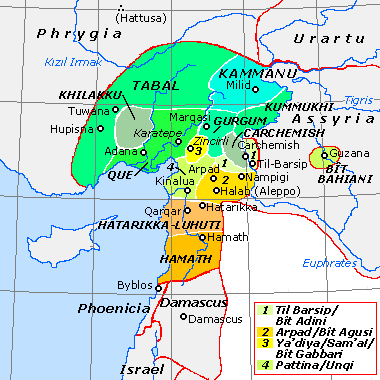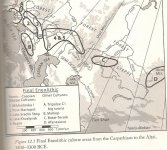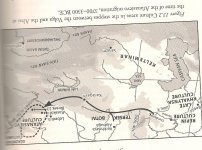sparkey
Great Adventurer
- Messages
- 2,250
- Reaction score
- 352
- Points
- 0
- Location
- California
- Ethnic group
- 3/4 Colonial American, 1/8 Cornish, 1/8 Welsh
- Y-DNA haplogroup
- I2c1 PF3892+ (Swiss)
- mtDNA haplogroup
- U4a (Cornish)
"The I1 subclade of Haplogroup I is estimated to be 4000 to 5000 years old (the old "15,00-20,000years ago in Iberia" information was wrong), and confirmed by the single nucleotide polymorphism, SNP, known as M253."
Another source - from Family Tree DNA
You switched from I to I1 here. The "age" (specifically TMRCA, not the clade age) of I1 is indeed generally estimated at between 4000 and 5000 years, per Nordtvedt and others. Also, its center of diversity is somewhere around northern Germany, and its closest relative is the very European I2 clade, with which it shares a common ancestor who lived about 22,000 years ago.
Did you click my link to Nordtvedt's tree?





